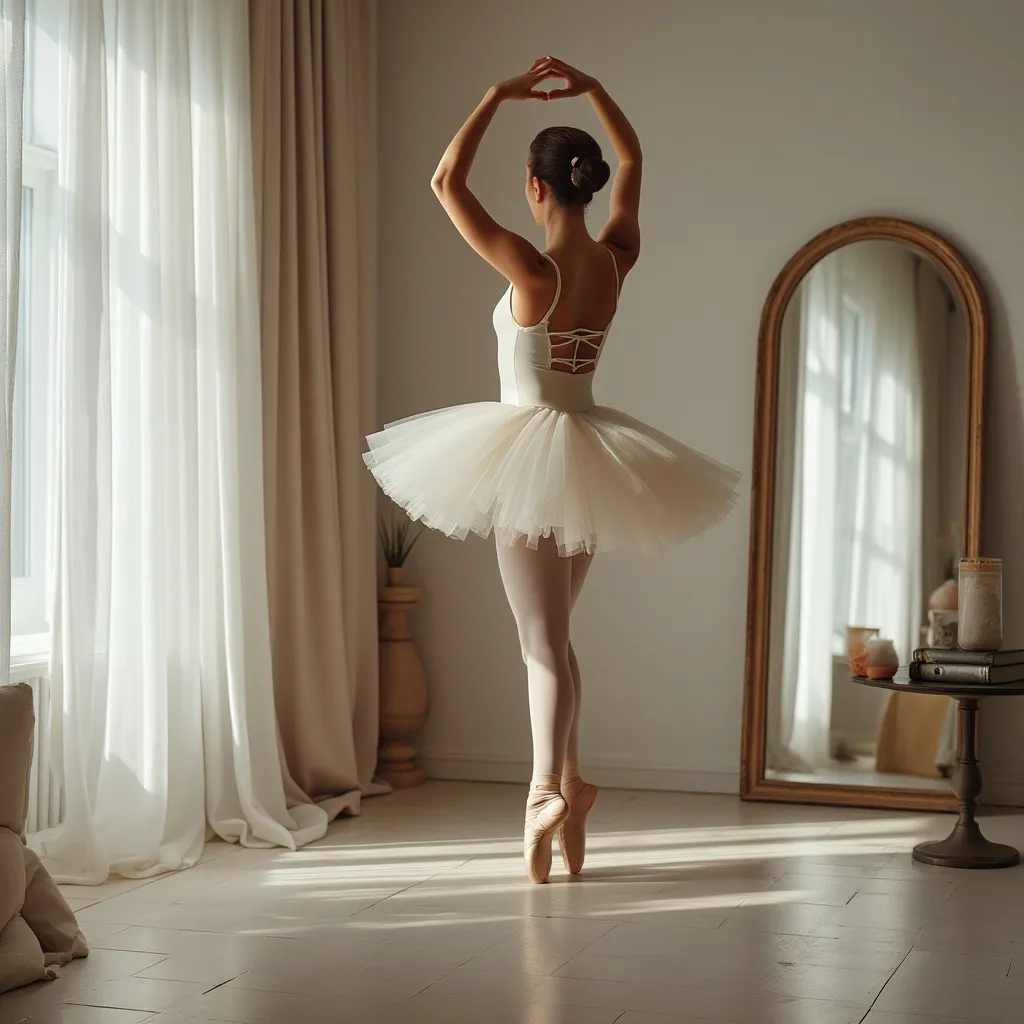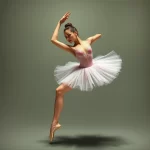Hydration Strategies for Ballet Dancers: Staying Energized

Introduction
Ballet is a physically demanding art form that requires strength, flexibility, and endurance. Dancers often spend hours in rehearsals and performances, pushing their bodies to the limit. One crucial aspect of maintaining peak performance and overall health is proper hydration. This article delves into effective hydration strategies for ballet dancers, ensuring they stay energized and perform at their best.
The Importance of Hydration for Ballet Dancers
Hydration plays a vital role in a dancer’s performance and recovery. Water is essential for various bodily functions, including temperature regulation, joint lubrication, and nutrient transportation. Dehydration can lead to muscle cramps, fatigue, dizziness, and even more severe health issues. For ballet dancers, who often perform in hot and humid environments, staying hydrated is even more critical.
Physical Demands of Ballet
Ballet requires a combination of aerobic and anaerobic energy systems. Dancers need to maintain high energy levels for extended periods, making hydration a key factor in sustaining performance. Proper hydration helps in maintaining muscle function, reducing the risk of injury, and enhancing overall endurance.
Signs of Dehydration
Recognizing the signs of dehydration is crucial for dancers. Common symptoms include:
- Dry mouth and throat
- Dark yellow urine
- Fatigue and weakness
- Dizziness or lightheadedness
- Muscle cramps
- Headaches
By being aware of these signs, dancers can take proactive steps to rehydrate and prevent further complications.
Hydration Strategies for Ballet Dancers
Pre-Performance Hydration
Proper hydration should begin well before a performance or rehearsal. Dancers should aim to drink water consistently throughout the day. A good rule of thumb is to drink at least 8-10 glasses of water daily. Additionally, consuming water-rich foods such as fruits and vegetables can contribute to overall hydration.
During Performance Hydration
During rehearsals and performances, dancers should have easy access to water. Sipping water at regular intervals helps maintain hydration levels. For longer sessions, incorporating electrolyte-rich drinks can be beneficial. Electrolytes, such as sodium and potassium, help in maintaining fluid balance and preventing muscle cramps.
Post-Performance Hydration
Rehydration after a performance is crucial for recovery. Dancers should aim to replace the fluids lost through sweat. Drinking water and consuming electrolyte-rich beverages can aid in replenishing lost fluids and minerals. Additionally, incorporating hydrating foods like watermelon, cucumbers, and oranges can further support recovery.
Hydration Tips for Daily Practice
Maintaining hydration during daily practice is essential for consistent performance. Here are some tips:
- Carry a Water Bottle: Always have a water bottle on hand to encourage regular sipping.
- Set Reminders: Use alarms or apps to remind yourself to drink water throughout the day.
- Monitor Urine Color: Aim for light yellow urine as an indicator of proper hydration.
- Hydrate with Meals: Drink water with meals to ensure consistent fluid intake.
- Limit Caffeine and Alcohol: These can contribute to dehydration, so consume them in moderation.
Hydration and Nutrition: A Symbiotic Relationship
Hydration and nutrition go hand in hand. Proper nutrition supports hydration, and vice versa. Consuming a balanced diet rich in vitamins and minerals can enhance the body’s ability to stay hydrated. Foods high in water content, such as fruits and vegetables, not only provide hydration but also essential nutrients.
Hydrating Foods
Incorporating hydrating foods into a dancer’s diet can significantly contribute to overall hydration. Some excellent options include:
- Watermelon: Contains over 90% water and is rich in vitamins A and C.
- Cucumbers: Composed of 95% water and provide a refreshing crunch.
- Oranges: High in water content and packed with vitamin C.
- Strawberries: Contain about 91% water and are rich in antioxidants.
- Spinach: Composed of 91% water and provides essential nutrients like iron and magnesium.
Electrolyte Balance
Electrolytes are minerals that help maintain fluid balance in the body. Sodium, potassium, calcium, and magnesium are key electrolytes that support muscle function and hydration. Dancers can maintain electrolyte balance by consuming foods like bananas, avocados, yogurt, and leafy greens. In some cases, electrolyte supplements may be beneficial, especially during intense training periods.
Hydration Myths and Misconceptions
There are several myths and misconceptions surrounding hydration. It’s essential to separate fact from fiction to ensure dancers are following effective hydration practices.
Myth: Thirst is the Best Indicator of Hydration
While thirst is a signal that the body needs water, it is not always the most reliable indicator of hydration. By the time you feel thirsty, you may already be mildly dehydrated. It’s important to drink water consistently throughout the day, not just when you feel thirsty.
Myth: Drinking Too Much Water is Harmful
While it’s true that excessive water intake can lead to a condition called hyponatremia (low sodium levels), it is relatively rare. For most people, drinking water according to their body’s needs is safe and beneficial. Listening to your body and monitoring urine color can help maintain a healthy balance.
Myth: Sports Drinks are Always Necessary
Sports drinks can be beneficial for replenishing electrolytes during intense physical activity. However, they are not always necessary for every dancer. For regular practice sessions, water is usually sufficient. Sports drinks should be reserved for longer, more intense rehearsals or performances.
FAQ
How much water should a ballet dancer drink daily?
Aim for at least 8-10 glasses of water daily. However, individual needs may vary based on factors like body weight, activity level, and environmental conditions.
Are there specific times when dancers should focus on hydration?
Yes, dancers should focus on hydration before, during, and after rehearsals or performances. Consistent hydration throughout the day is also crucial.
Can dehydration affect a dancer’s performance?
Absolutely. Dehydration can lead to muscle cramps, fatigue, dizziness, and decreased coordination, all of which can negatively impact a dancer’s performance.
What are some signs that a dancer is dehydrated?
Common signs include dry mouth, dark yellow urine, fatigue, dizziness, muscle cramps, and headaches. Monitoring these symptoms can help dancers take timely action to rehydrate.
Are electrolyte supplements necessary for ballet dancers?
Electrolyte supplements can be beneficial during intense training periods or long performances. However, a balanced diet rich in fruits, vegetables, and other nutrient-dense foods can often provide sufficient electrolytes.
Conclusion
Hydration is a critical component of a ballet dancer’s overall health and performance. By understanding the importance of hydration and implementing effective strategies, dancers can maintain their energy levels, reduce the risk of injury, and enhance their overall performance. Consistent hydration, combined with a balanced diet rich in hydrating foods and electrolytes, will ensure that ballet dancers stay energized and perform at their best.





